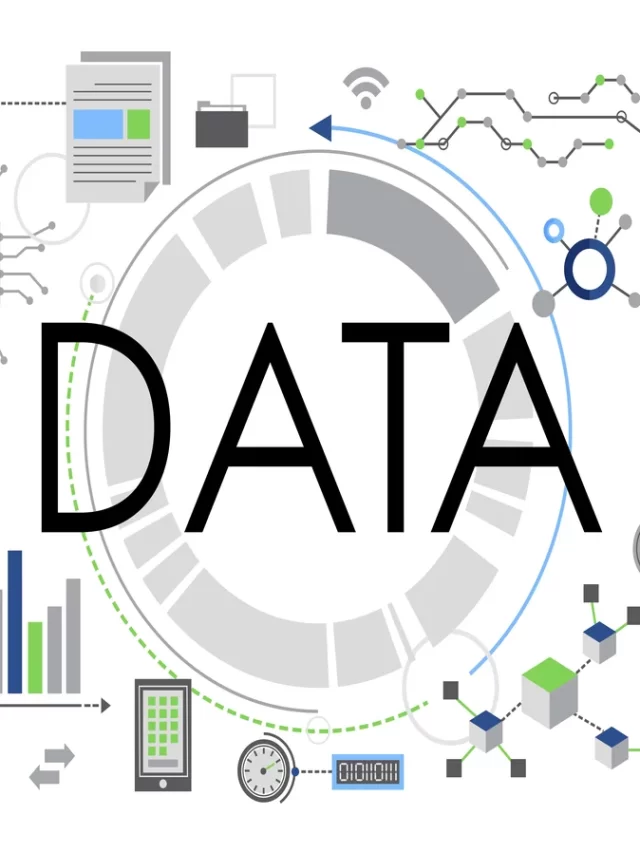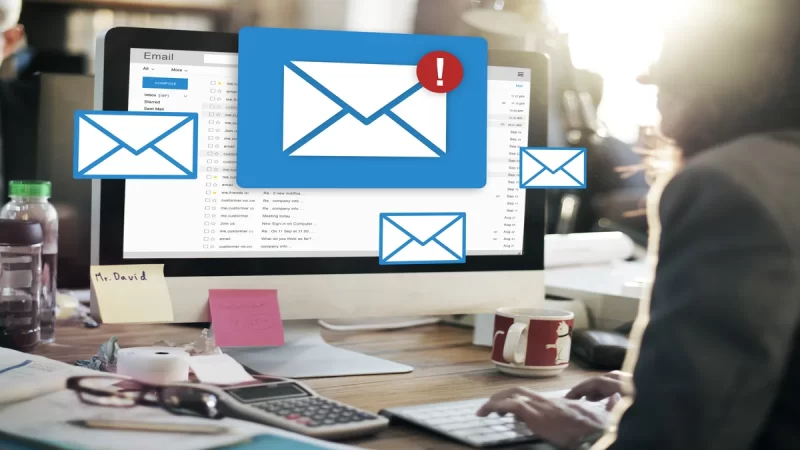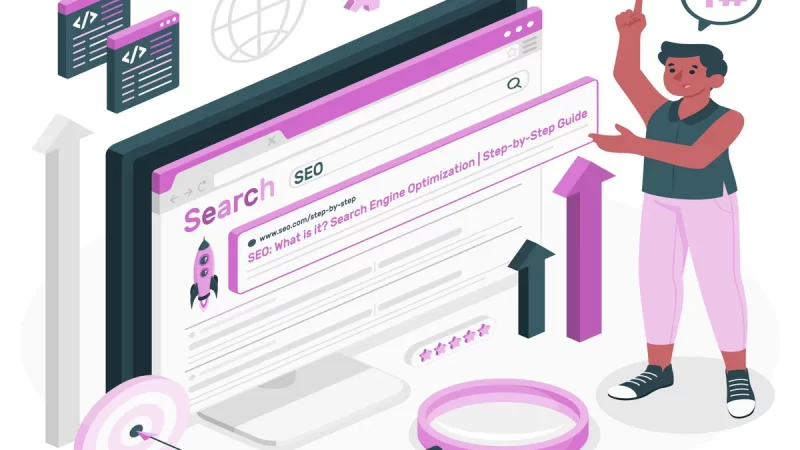Fact-Checking Upgrade: Google’s New Tools for Image Authenticity

In today’s digital age, the spread of misinformation and fake news has become a pressing concern. Visual content, in particular, can be easily manipulated and used to deceive the public. To address this issue, tech giant Google has recently unveiled a set of new tools designed to enhance image authenticity and assist fact-checkers in their efforts to combat the spread of fake or misleading images across the internet. In this article, we will explore these innovative tools and their potential impact on the fight against misinformation.
The Challenge of Fake Images
The rise of social media and digital platforms has made it easier than ever to create and disseminate images that are doctored or taken out of context. This trend has serious consequences, as fake images can influence public opinion, damage reputations, and even incite violence. Fact-checkers and journalists play a crucial role in identifying and debunking fake images, but the process can be time-consuming and challenging.
Google’s New Image Verification Tools
Google’s commitment to tackling the issue of fake images led to the development of several image verification tools. These tools aim to make the work of fact-checkers and journalists more efficient and effective in uncovering the truth behind viral images. Let’s delve into some of these innovative tools:
1. Image Forensics Search Tool
One of the key components of Google’s initiative is an image forensics search tool. This tool enables users to upload an image and conduct a reverse image search, but with a twist. Instead of simply finding visually similar images, it goes a step further by analyzing the image for signs of manipulation or alteration. By using various algorithms, it checks for inconsistencies in lighting, shadows, and pixel patterns, which are telltale signs of tampering. This can help fact-checkers quickly identify images that have been doctored.
2. Exif Data Analysis
Exif (Exchangeable Image File Format) data is embedded in most digital images and contains information about the image’s creation, including the camera used, location, and timestamp. Google’s new tools include an Exif data analysis feature that helps verify the authenticity of images. Fact-checkers can cross-reference this data with other sources to confirm the accuracy of the image’s context and origin.
3. Content Verification API
Google’s Content Verification API is designed to assist fact-checkers by identifying whether an image has been previously fact-checked. This is done by comparing the image to a database of previously verified images, helping to prevent the circulation of false information.
Potential Impact
The introduction of these image authenticity tools by Google has the potential to significantly improve the work of fact-checkers and journalists. Here’s how:
1. Efficiency and Speed
Fact-checkers often work under tight deadlines, and the ability to quickly determine the authenticity of an image can save valuable time. Google’s tools provide a streamlined process for verifying images, allowing for quicker responses to breaking news or viral content.
2. Enhanced Accuracy
The algorithms used in these tools are trained to detect subtle signs of image manipulation that might be missed by the human eye. This increases the accuracy of fact-checking efforts, reducing the chances of false positives or false negatives.
3. Database of Verified Images
The Content Verification API’s database of verified images can serve as a valuable resource for fact-checkers. It helps prevent the recirculation of images that have already been debunked, making it more difficult for false information to gain traction.
Ethical and Privacy Concerns
While Google’s new image verification tools offer promising solutions, they also raise important ethical and privacy concerns. Users may be worried about the potential for misuse or abuse of these tools, such as invading the privacy of individuals who inadvertently become the subjects of viral images. Striking the right balance between fact-checking and respecting individual rights and privacy remains a critical challenge.
Key Takeaways
In the battle against fake news and misinformation, Google’s new image authenticity tools represent a significant step forward. By empowering fact-checkers and journalists with more efficient and accurate methods for image verification, these tools have the potential to improve the quality of information circulating on the internet. However, it’s essential to address ethical and privacy concerns and use these tools responsibly to ensure that the public’s trust in digital media remains intact. As technology continues to advance, it is vital that we develop and refine such tools to maintain the integrity of information in our increasingly digital world.
FAQs:
Google has introduced a set of tools to enhance image authenticity. These tools are designed to help fact-checkers and journalists verify the authenticity of images that are shared online.
The Image Forensics Search Tool allows users to upload an image and conduct a reverse image search. It analyzes the image for signs of manipulation or alteration, checking for inconsistencies in lighting, shadows, and pixel patterns that may indicate tampering.
Exif (Exchangeable Image File Format) data is embedded in digital images and contains information about the image’s creation, such as the camera used, location, and timestamp. Google’s tools include an Exif data analysis feature that helps verify the authenticity of images by cross-referencing this data with other sources.
The Content Verification API is designed to assist fact-checkers by identifying whether an image has been previously fact-checked. It compares the image to a database of previously verified images, helping to prevent the circulation of false information.
Google’s tools have the potential to improve the efficiency and accuracy of fact-checking. They can help fact-checkers work more quickly, detect subtle signs of image manipulation, and prevent the recirculation of images that have already been debunked.







